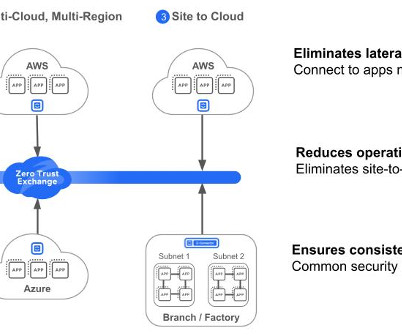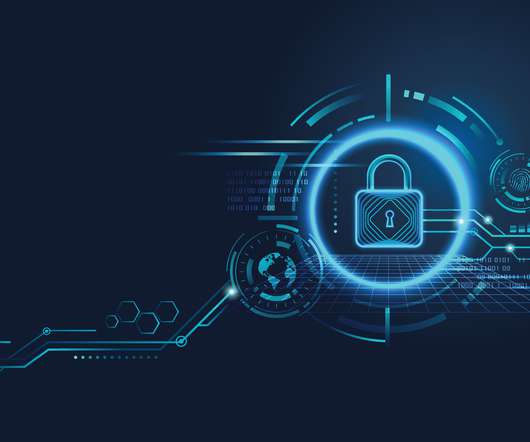Why you must extend Zero Trust to public cloud workloads
CIO
NOVEMBER 8, 2023
It’s not as simple as just extending traditional firewall capabilities to the cloud. Due to the current economic circumstances security teams operate under budget constraints. But securing cloud workloads isn’t as easy as you think… To secure your cloud workloads, it requires a radically different approach. 8 Complexity.














Let's personalize your content